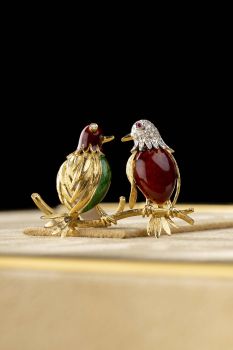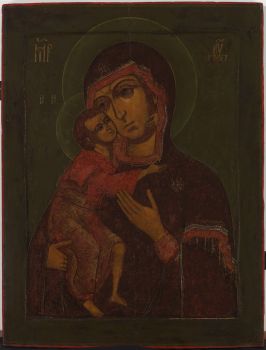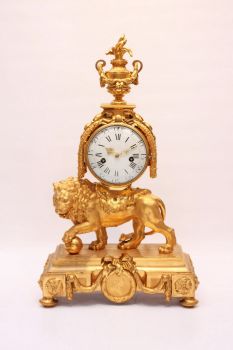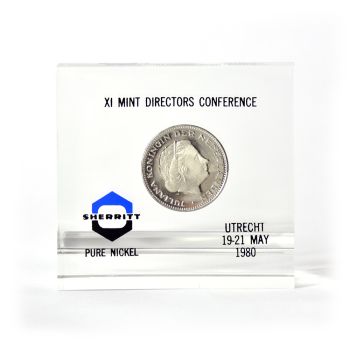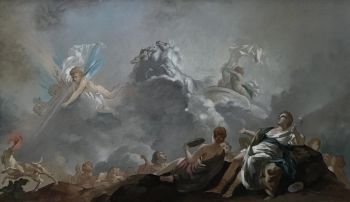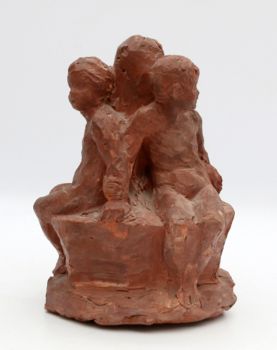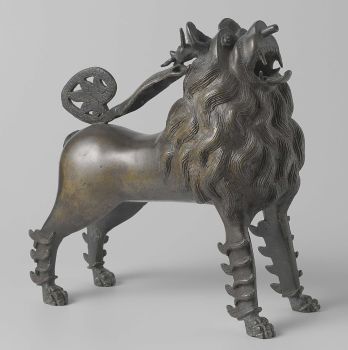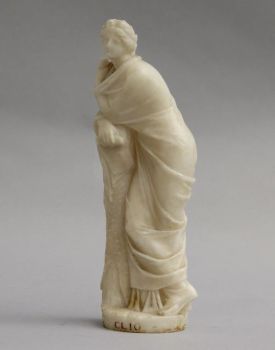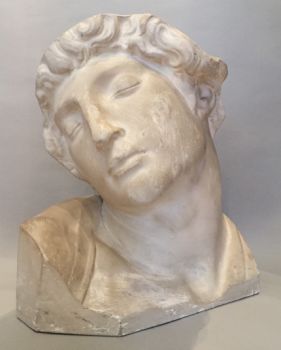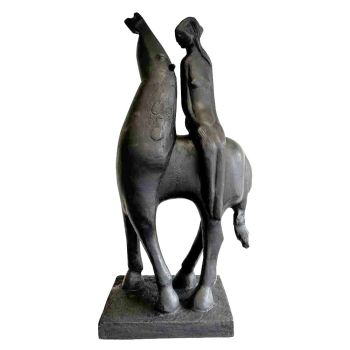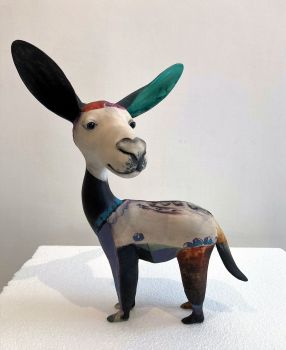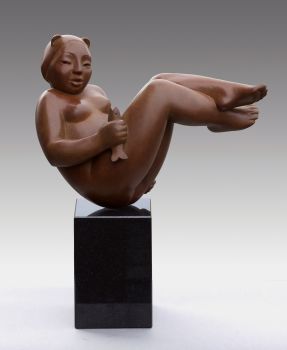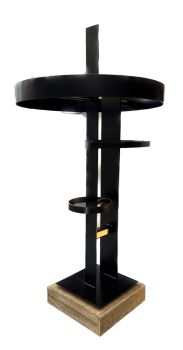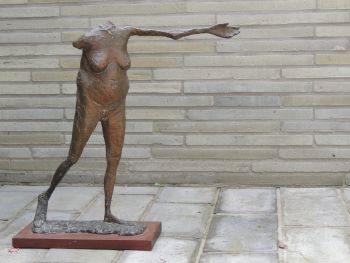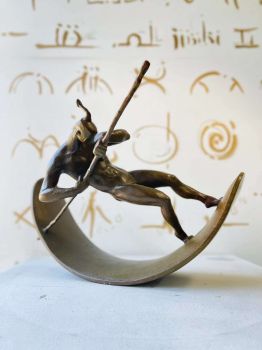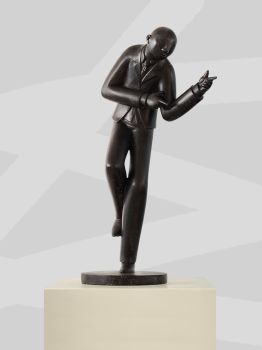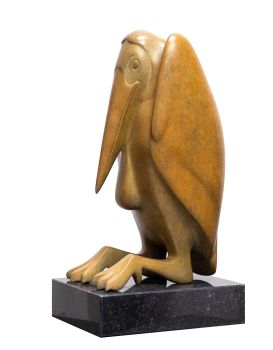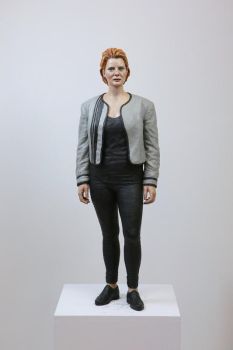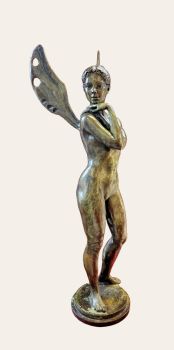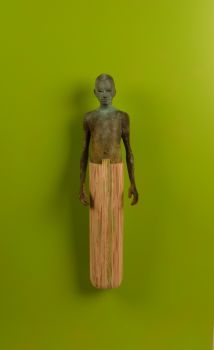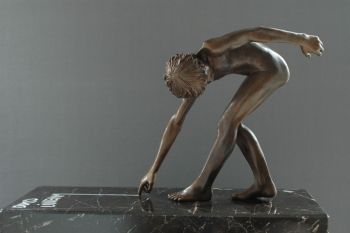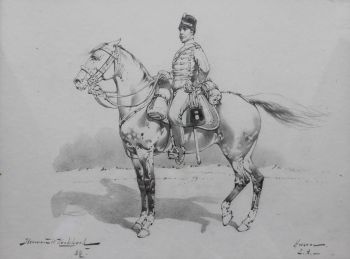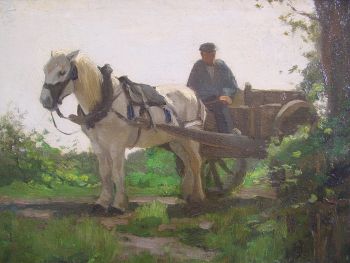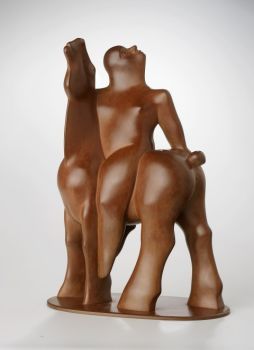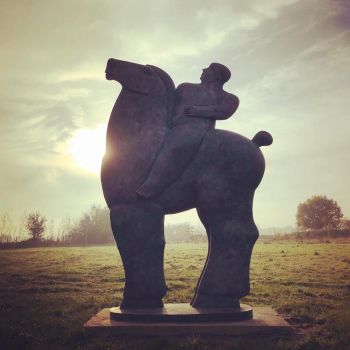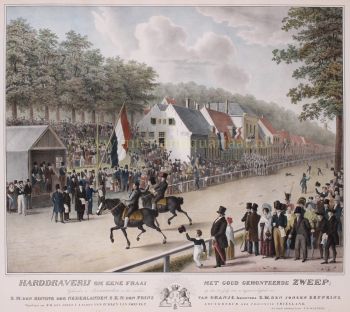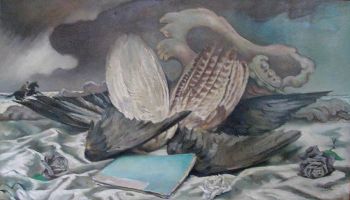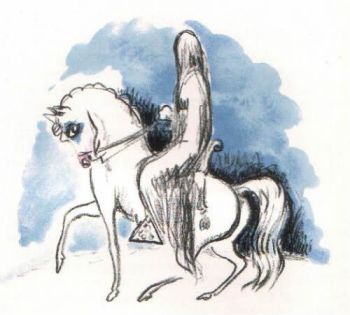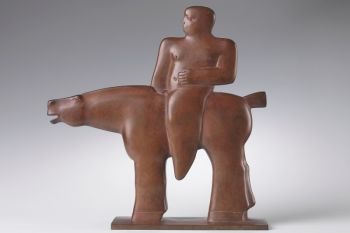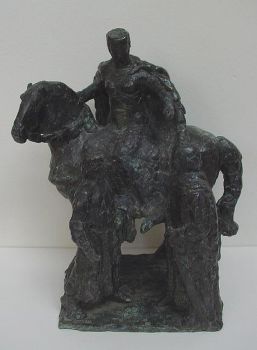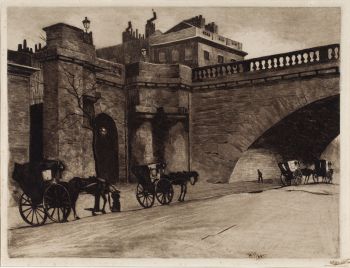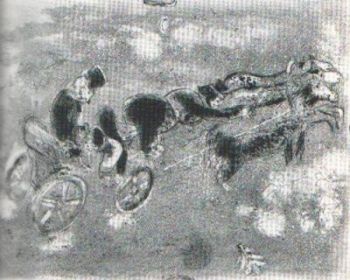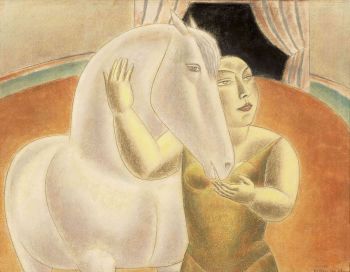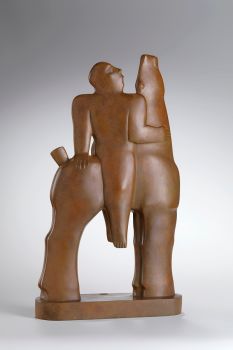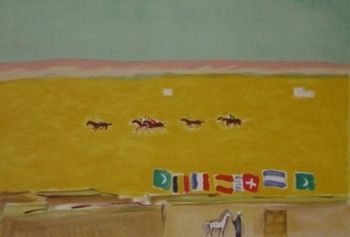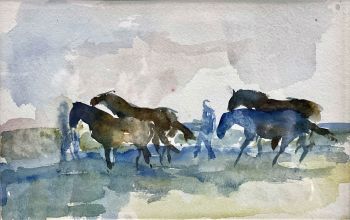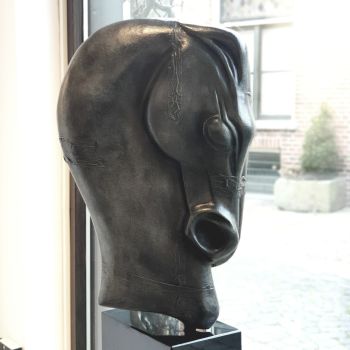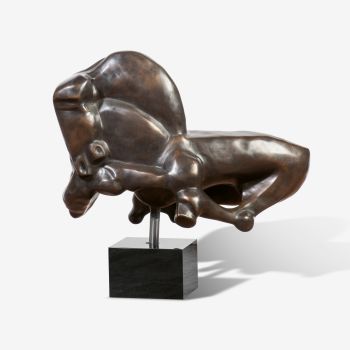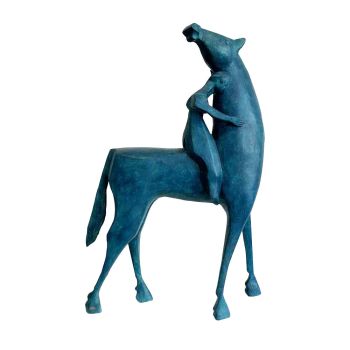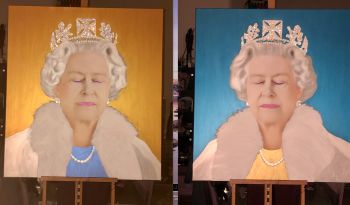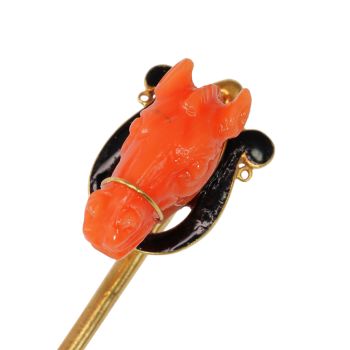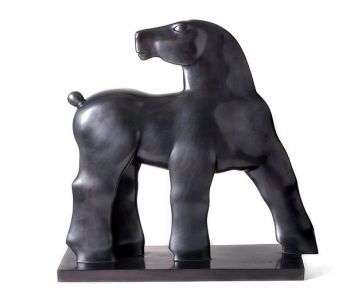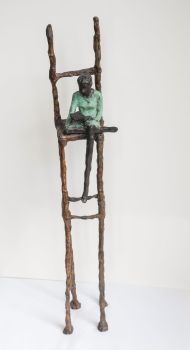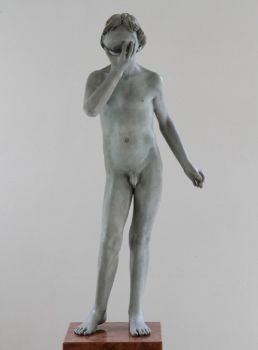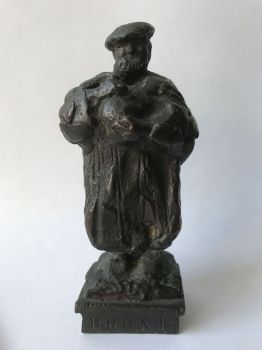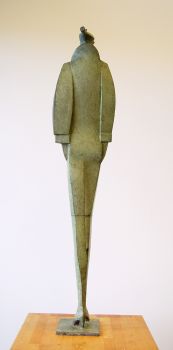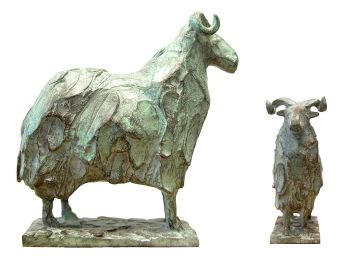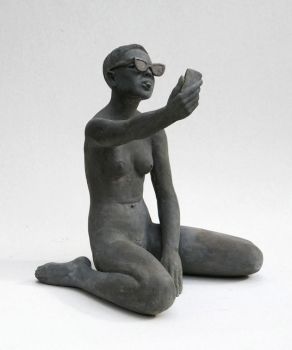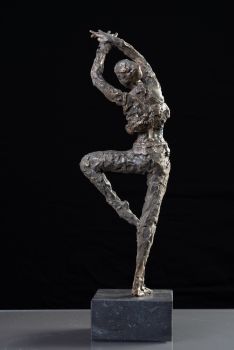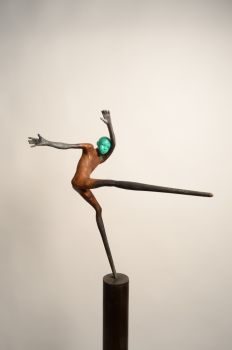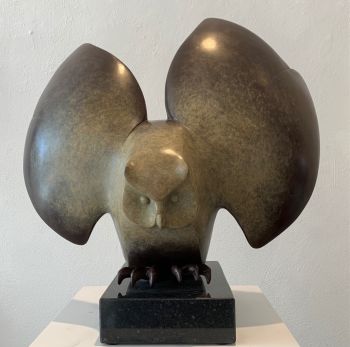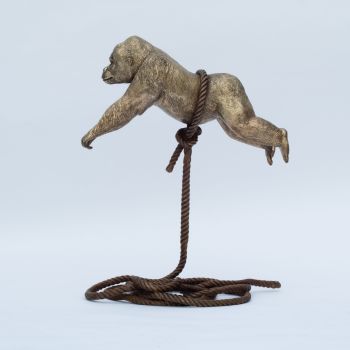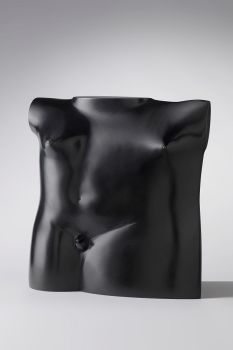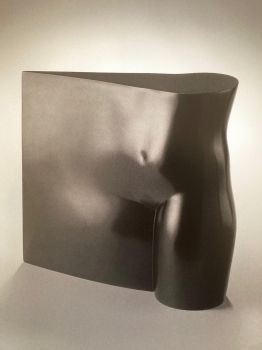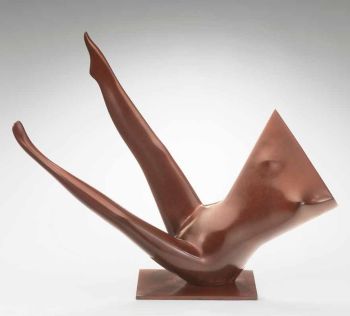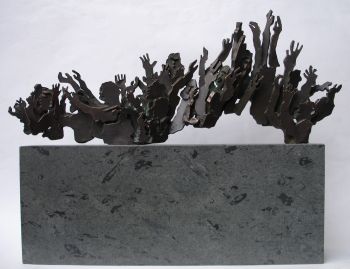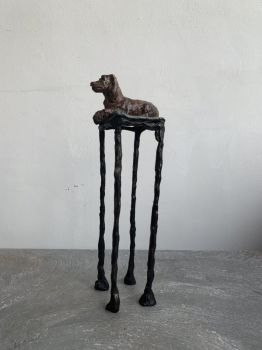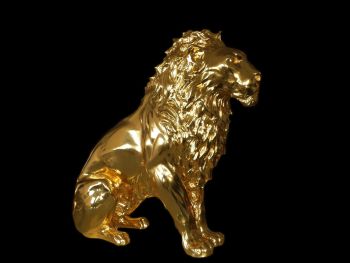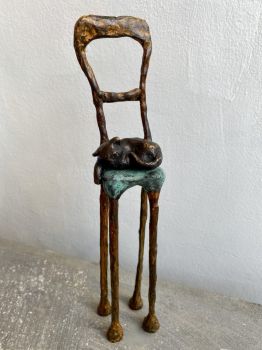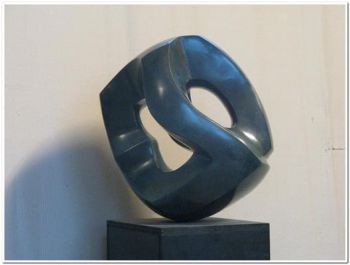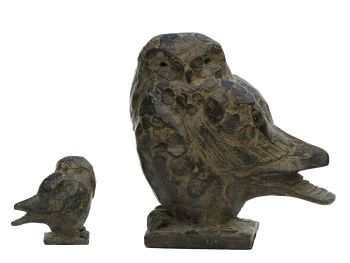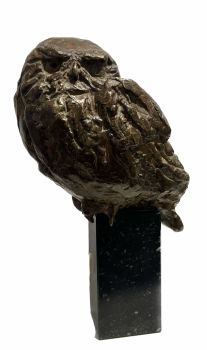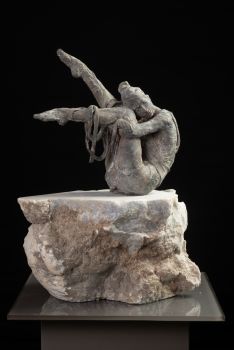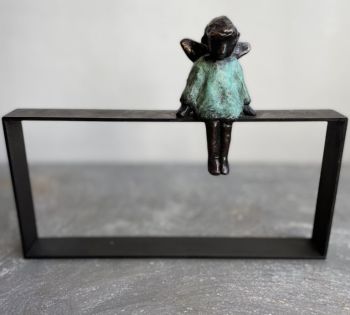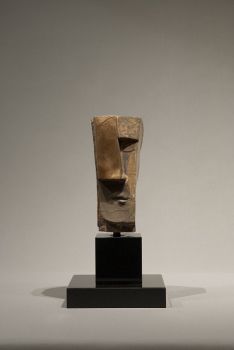Equestrian Statue of Louis XIV, after Martin van den Bogaert known as Desjardins 1729 - 1731
Artista Sconosciuto
BronzoMetallo
43 ⨯ 38 cm
Attualmente non disponibile tramite Gallerease
- A proposito di opere d'arteThe image of the mounted sovereign dates back from antiquity, with Marcus Aurelius as prime example. It was seen as the most dignified and superior representation of power. Once Louis XIV had reached the pinnacle of his glory in 1685, a program was set up to spread the image of this power to every nook and cranny of the French realm. A great number of monuments were erected as proof of honour and loyalty to Louis le Grand. For this purpose ten squares, the so called ‘Places Royal’, were created to accommodate the huge equestrian statues. In 1688 such a statue was commissioned to Martin van den Bogaert for the Place Bellecour in Lyon.
Just like the immense equestrian statues from the hand of François Girardon and others,in Paris, Aix en Provence and other cities, this statue did not survive the French revolution.
Martin van den Bogaert was born in Breda in 1637 and was trained as a painter in Antwerp. Soon he moved to Paris where he gallicized his name and became a sculptor. He died in Paris in 1694, but his fame stretched way passed his demise, because of the demand for the smaller version of statue throughout Europe. The model was also modified (another head) to be issued as le Grand Dauphin and Maximilian II of Bavaria.
The importance of the equestrian statue of Louis XIV was thought to be so enormous, that Diderot used it in his Encyclopédie to clarify the art of bronze casting. This statue after Desjardin is part of the most important collections in the world, like the collection of the Queen of England, the Wallace collection in London, the Metropolitan Museum in New York and the Louvre.
This statue of Louis XIV after Martin Desjardins is cast around 1730. - A proposito di opere artista
Può succedere che un artista o un creatore sia sconosciuto.
Alcune opere non sono determinate da chi sono state realizzate o sono state realizzate da (un gruppo di) artigiani. Esempi sono statue dell'antichità, mobili, specchi o firme non chiare o leggibili ma anche alcune opere non sono affatto firmate.
Inoltre puoi trovare la seguente descrizione:
•"Attribuito a …." A loro avviso probabilmente opera dell'artista, almeno in parte
•“Studio di ….” o “Officina di” A loro avviso un'opera eseguita nello studio o nella bottega dell'artista, eventualmente sotto la sua supervisione
•“Cerchio di…” A loro avviso un'opera del periodo dell'artista che mostra la sua influenza, strettamente legata all'artista ma non necessariamente al suo allievo
•"Stile di..." o "Seguace di..." A loro avviso un'opera eseguita nello stile dell'artista ma non necessariamente da un allievo; può essere contemporaneo o quasi contemporaneo
•“Modalità di…” A loro avviso un'opera nello stile dell'artista ma di epoca successiva
•"Dopo …." A loro avviso una copia (di qualsiasi data) di un'opera dell'artista
•“Firmato…”, “Datato…” o “Iscritto” A loro avviso l'opera è stata firmata/datata/inscritta dall'artista. L'aggiunta di un punto interrogativo indica un elemento di dubbio
•"Con firma....", "Con data...", "Con iscrizione..." o “Riporta firma/data/iscrizione” a loro avviso la firma/data/iscrizione è stata aggiunta da qualcuno diverso dall'artista
Artwork details
Related artworks
Artista Sconosciuto
Gobelet vénitien ailé1624 - 1626
Prezzo su richiestaPeter Korf de Gidts - Antiquairs
1 - 4 / 12Artista Sconosciuto
Verre à boire Cristallo façon de Venise1600 - 1650
Prezzo su richiestaPeter Korf de Gidts - Antiquairs
Artista Sconosciuto
Verre bécher «ZWISCHENGOLD» très rare.1730
Prezzo su richiestaPeter Korf de Gidts - Antiquairs
Artista Sconosciuto
A Surinam-themed Amsterdam long-case clock1746 - 1756
Prezzo su richiestaZebregs & Röell - Fine Art - Antiques
 A cura di
A cura diGallerease Magazine
Johannes van Dreght
Antique Dutch still life flowers in vase1740 - 1800
Prezzo su richiestaGallerease Selected
1 - 4 / 24- 1 - 4 / 24
H.J. van der Weele
Horse and carriage in landscape1850 - 1900
Prezzo su richiestaKunsthandel Pygmalion
Willem Witsen
Waiting carriages in front of Waterloo Bridge1850 - 1900
Prezzo su richiestaKunsthandel Pygmalion
Artista Sconosciuto
Braccialetto di diamanti del XVIII secolo con intagli di 2000 anni1790
€ 23.000Adin Fine Antique Jewellery
 A cura di
A cura diDanny Bree
1 - 4 / 24- 1 - 4 / 24


